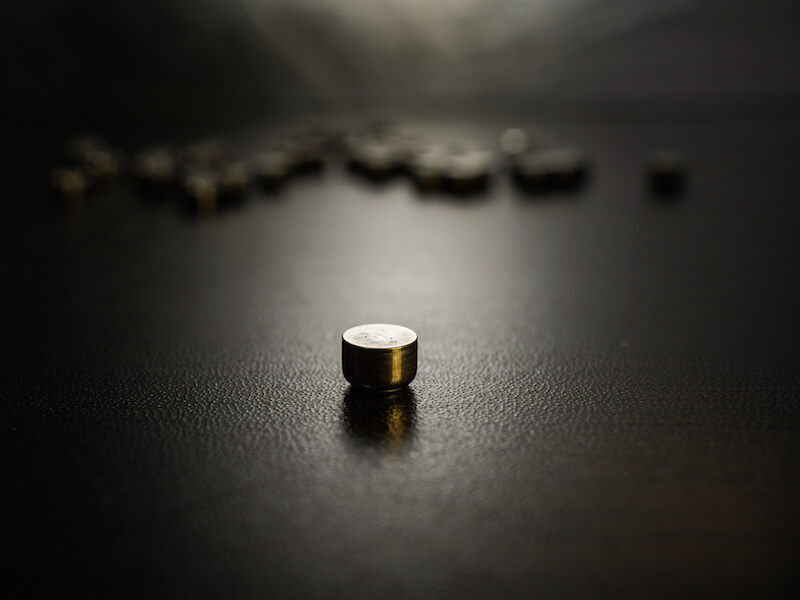
From phones to cameras to music players, how we power our electronics has advanced. A powerful, rechargeable hearing aid battery is finally living up to the hopes of hearing aid manufactures to replace the antiquated disposable power sources of the past.
Size 312 batteries are the most prevalent of the disposable batteries that have typically been used to power hearing aids. The most popular form of this battery, now, is “zinc-ion”.
The Downside to Disposable Hearing Aid Batteries
The presence of air effects a zinc-air battery, as the name indicates. The user has to pull a small tab off the back of a 312 zinc-air battery to activate it.
The moment it is fully oxygenated, it starts to lose power. So the power is depleting even if the user isn’t currently using it.
The biggest downside to disposable batteries, for most users, is how long they last. With 312 batteries, the user could be changing the batteries in their hearing aids around 120 times every year because they drain in 3 to 12 days according to some reports.
That also means users may need to buy 120 batteries, spend the time twice every week to change them, and correctly dispose of each. That’s probably over $100 in batteries from a cost perspective alone.
Rechargeable battery Advancements
Fortunately, for hearing aid wearers in search of another approach, there have been significant developments to rechargeable hearing aids that now make them a viable option.
Studies have shown that most people overwhelmingly prefer to use rechargeable hearing aids. Until now these models have historically struggled to give a long enough charge to make them practical. However, modern advancements now facilitate a full day of use per charge.
Rechargeable batteries won’t save users significant amounts of money, but they will make quality of life better.
These new models provide less frustration on top of keeping a 24 hour charge because the user doesn’t deal with the burden of continuously changing out the batteries. They simply need to put the battery on the charger.
A disposable battery nearing the end of its life simply can’t function at full capacity. There’s also no exact way to identify how close to being inoperable the battery really is. So the batteries could die at the precise moment that a user needs them the most which might even put them in peril. A faulty battery will not only cause a safety hazard, it could cause the user to miss important life moments.
Types of Rechargeable Hearing Aid Batteries
There are unique benefits to each of the different materials that rechargeable batteries are made of. Integrated lithium-ion batteries are one alternative being used by manufacturers because of their ability to hold a 24-hour charge. And smart-phones are powered by this same type of battery which may be surprising.
Another type of modern rechargeable battery is a silver-zinc. Originally, these revolutionary batteries were developed for Nasa’s moon missions. You can even use this technology to modify and retrofit the existing hearing aids you’re comfortable with by converting the device to rechargeable power. These batteries, similar to lithium-ion, will also last all day before requiring a recharge.
Some models even let you recharge the battery without removing it. At night, or at some other time when the hearing aid isn’t in use, the entire hearing aid can be put right into the charger
Whichever solution you decide on, rechargeable batteries will be substantially better than disposable batteries. You just need to do some research to decide which solution is ideal for your needs.
Check out our hearing aid section if you’re looking for more information about what battery would be best for you or any other info about hearing aids.
